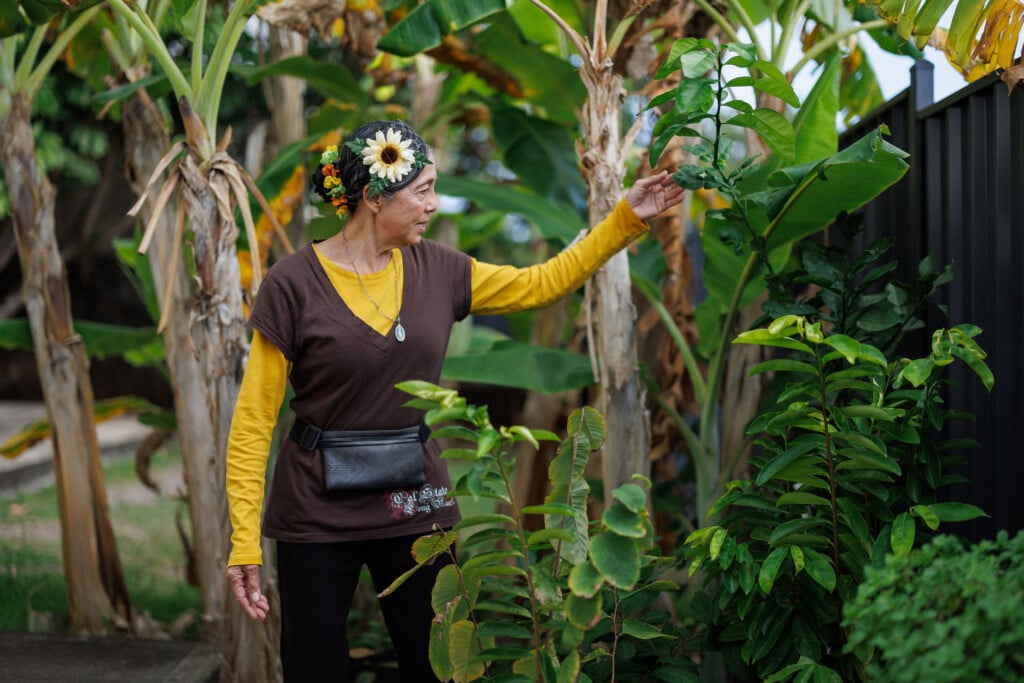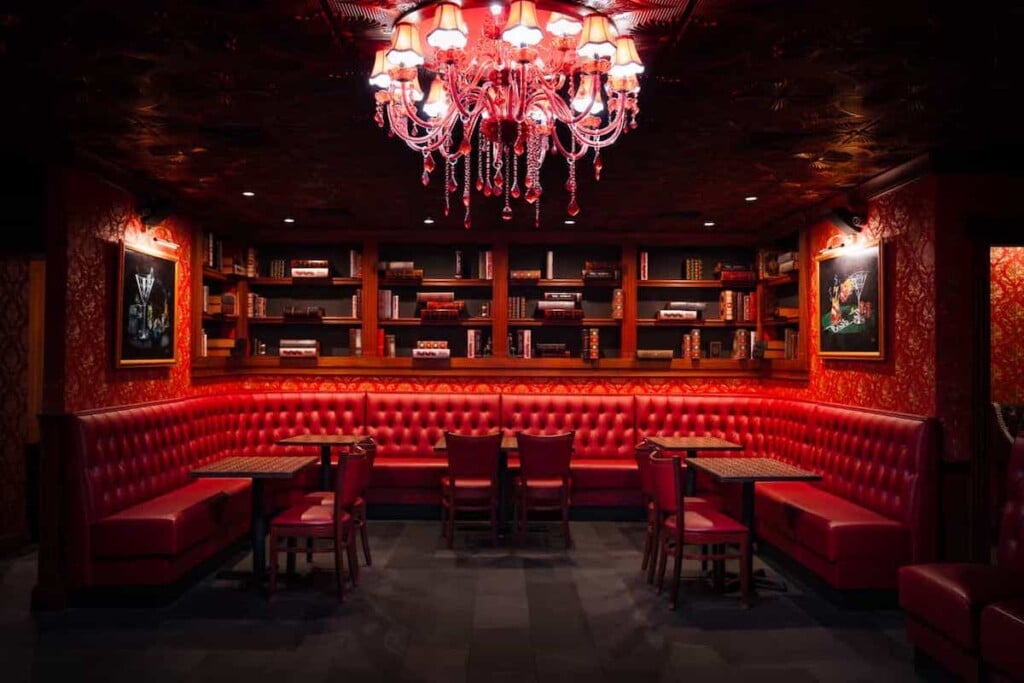Why These Stories?
In this issue, we celebrate historic homes, mu‘umu‘u, lei and Hawai‘i books, all reflections of our unique history and culture.
It’s fitting in this era of cutbacks and change to emphasize the importance of preserving and maintaining traditions and emblems of the past. Although preservation was not an intentional theme for this issue, it’s an undercurrent of our three main features, on historic homes, the mu‘umu‘u and lei, and standout Hawai‘i books and authors. While these stories involve different topics, they all reflect our Islands’ unique and long-standing culture and history.
As far as historic homes, there are now 400 of them—340 on O‘ahu—on the Hawai‘i Register of Historic Places. They’ve been deemed historically significant for various reasons; some are attached to noteworthy architects, while others were built in distinctive architectural styles or were home to prominent people.
Whether you consider such homes charming or not, they link us to our past and show us our roots, how we lived and what our neighborhoods were like well before many of us were born. While reporting on the feature with my colleagues, Katrina Valcourt, Darlene Dela Cruz and Mari Taketa, we all came to deeply appreciate these older homes and the stories behind them.
I was particularly struck by a comment by Glenn Mason, whose firm, Mason Architects, has taken a leading role in preserving historic homes. When asked why he believes it’s important, his comment was to the point: Without recognizing the past, “we would have no knowledge about how to move forward in the future,” he says.
Also in this issue, we celebrate the mu‘umu‘u and lei, iconic representations of Hawai‘i fashion and culture, a bridge between the past and present. Brie Thalmann, HONOLULU’s managing style editor, and senior art director Christine Labrador carefully scouted locations for the shoot, and Brie meticulously curated the dresses and designers to be featured. The idea was to show how the mu‘umu‘u is timeless—it’s woven into our culture, even in the most modern settings.
“It’s exciting and heartening to see the resurgence in mu‘umu‘u that’s been happening lately—few garments are so distinctly Hawai‘i and offer a connection to culture the way it does,” Brie says. “New generations are falling in love with the style, local designers are creating fresh takes, and even vintage pieces are being unearthed to shine again, all underlining how special it is.”
Our third feature honors outstanding Hawai‘i books and authors. We launched HONOLULU’s annual book awards last year as a way to celebrate good storytelling by authors with Hawai‘i ties. Writing, like many artistic crafts, is being threatened in this age of AI-everything, but contributing editor Don Wallace, a true bibliophile, believes Hawai‘i’s regional literature and authors are “enjoying a historic conjunction of wide exposure and mainstream, even global, interest.”
“Our writers and readers are keeping the faith with the openhearted, open-minded civilization that made it one of the most literate countries in the world,” he says. “At the moment, prospects for local writers seem promising. Major publishers in New York and elsewhere have invested in new voices from here, and not just for one certain kind of book. But it was gut-wrenching to read a string of stories recently about an elevator-drop fall in book sales. It’s a reminder that nothing is guaranteed and … that Hawai‘i writing rose on a foundation of small-press entrepreneurs and visionaries. So let’s set aside some time to read these and other local books. Appreciate what they’re saying about our times and the place we call home. Appreciate that they exist. Because there isn’t always next year. Unless we make it so.”












